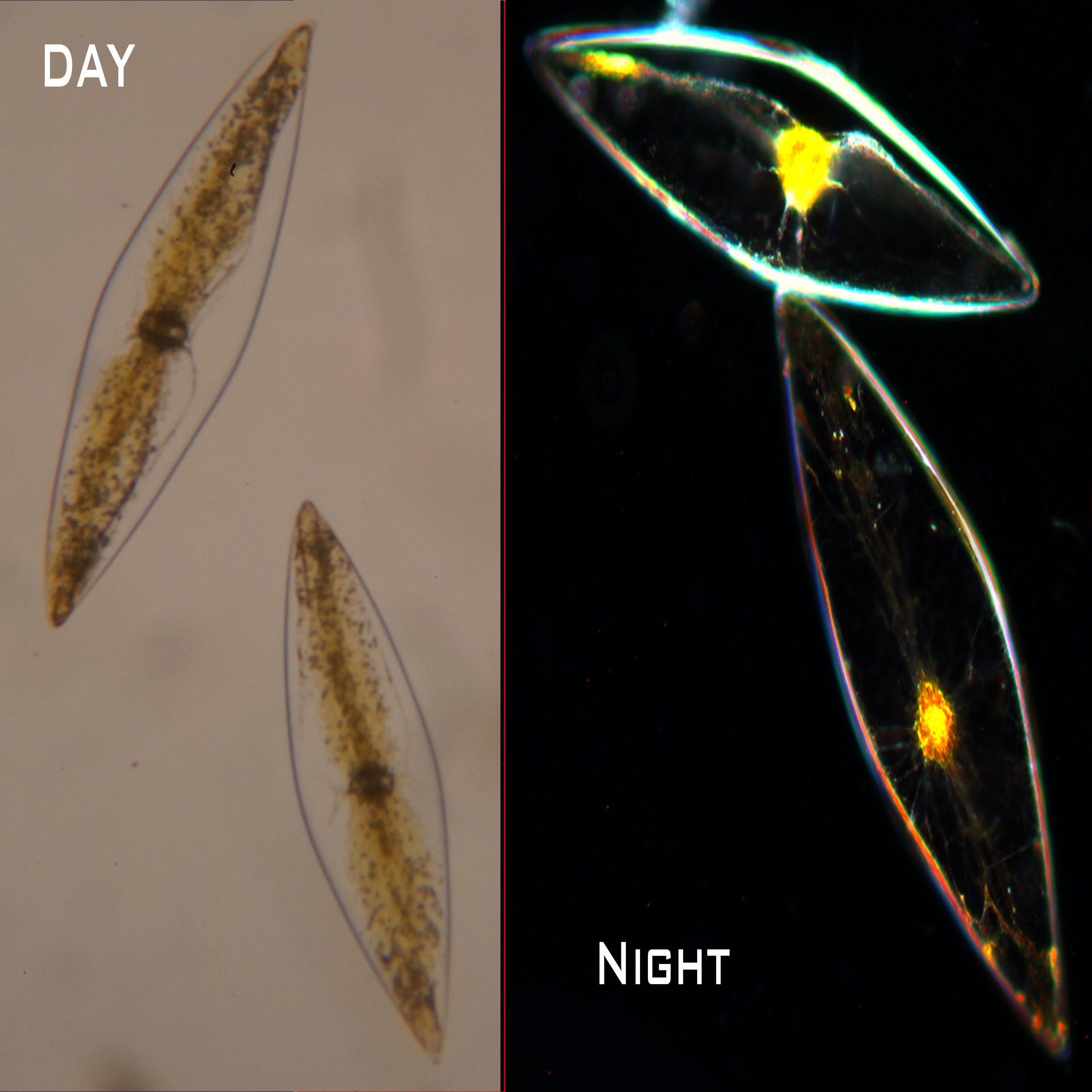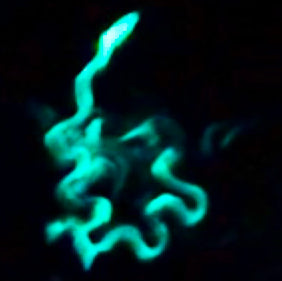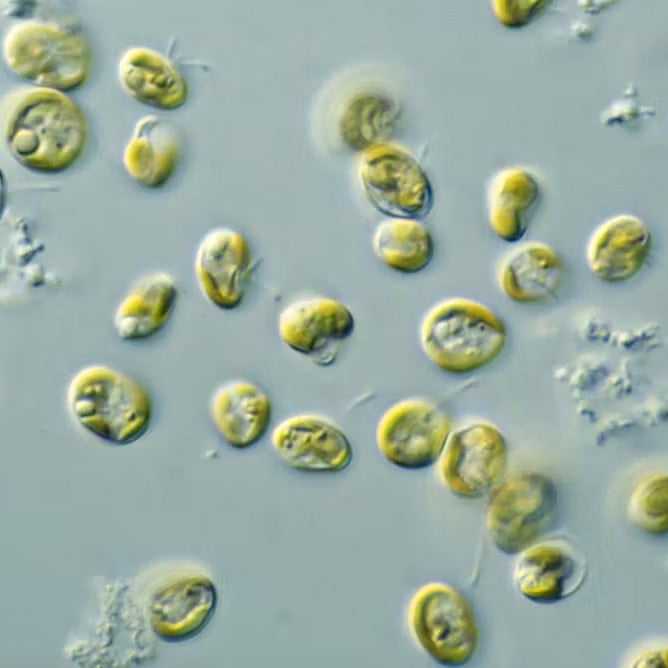The Power of Circadian Rhythms

Circadian rhythms, or cycles, are 24-hour internal clocks found in most living organisms, including humans, animals, plants, and even microorganisms like phytoplankton. These rhythms are driven by a combination of genetic, environmental, and biochemical processes and are crucial for maintaining various physiological and behavioral functions.

The circadian rhythm regulates the sleep-wake cycle, hormone production, metabolism, and other vital processes in humans. The master clock that governs this rhythm is located in the brain's suprachiasmatic nucleus (SCN) of the hypothalamus. This clock is synchronized with environmental cues, primarily light, which signals through the retina to the SCN to adjust the body's internal time. Disruptions to the circadian rhythm, such as those caused by shift work, travel across time zones, or exposure to artificial light at night, can lead to various health issues, including sleep disorders, metabolic syndrome, and even increased risk of chronic diseases like cancer and cardiovascular disorders.
Phytoplankton also exhibit circadian rhythms. These rhythms are essential for optimizing their physiological processes, such as photosynthesis, nutrient uptake, cell division and bioluminescence. Phytoplankton's circadian clocks are similarly influenced by light, as they rely on sunlight for photosynthesis. The rhythmic changes in light intensity over the course of a day help these organisms to maximize their energy efficiency and adapt to environmental changes.

Among the diverse group of phytoplankton, bioluminescent species like Pyrocystis fusiformis and Lingulodinium polyedrum have attracted significant attention due to their unique ability to produce light. This bioluminescence is closely regulated by their circadian rhythm, making it an intriguing subject of study. The bioluminescence in these phytoplankton is not constant but follows a daily cycle, peaking during the night and reducing or ceasing during the day. This cycle is controlled by an internal circadian clock that synchronizes with the environmental light-dark cycle.

The circadian regulation of bioluminescence in phytoplankton involves a complex interplay of genetic and biochemical pathways. Genes responsible for the production of luciferase, the enzyme that catalyzes the light-emitting reaction, are expressed rhythmically. During the night, the expression of these genes increases, leading to the accumulation of luciferase and the bioluminescent substrates. This synchronization ensures that the maximum bioluminescent potential is reached when it is most beneficial, likely as a defense mechanism against active predators during nighttime.
The circadian regulation of bioluminescence provides several evolutionary advantages. For instance, producing light at night can deter predators, attract mates, or facilitate communication within the species. Synchronization with the natural light-dark cycle also helps these organisms conserve energy, as bioluminescence is energy-intensive. By limiting the production of light to nighttime, bioluminescent phytoplankton can allocate more energy to other vital processes during the day.

Environmental factors, such as changes in light intensity, temperature, and nutrient availability, can influence the circadian rhythms of phytoplankton. For bioluminescent species, moonlight, cloud cover, and water turbidity can affect the intensity and timing of their light emission. Phytoplankton in turbid or deeper waters might adjust their circadian rhythms differently compared to those in clear, shallow waters to optimize their bioluminescent output.
In laboratory settings, scientists study the circadian rhythms of bioluminescent phytoplankton by exposing them to controlled light-dark cycles and measuring their bioluminescence. These studies have shown that even in constant light or darkness, phytoplankton can maintain their circadian rhythm for several days, indicating a robust internal clock. However, prolonged absence of environmental cues can eventually lead to desynchronization, demonstrating the importance of external signals in maintaining circadian rhythms.

The molecular basis of circadian rhythms in phytoplankton involves a feedback loop of clock genes and proteins. In bioluminescent phytoplankton, critical genes involved in this loop include those coding for the enzymes and substrates of the bioluminescent reaction. These genes are regulated by transcriptional and post-transcriptional mechanisms that respond to the environmental light cycle. This intricate molecular machinery ensures the precise timing of bioluminescence and other circadian-regulated processes.
The circadian rhythms of bioluminescent phytoplankton have broader implications for marine ecosystems. These rhythms influence the behavior of other marine organisms, including predators and prey. For instance, the nocturnal bioluminescence can affect the vertical migration patterns of zooplankton, which, in turn, impacts the feeding behavior of larger marine animals. Understanding these rhythms helps scientists predict the dynamics of marine food webs and the ecological roles of bioluminescent organisms.

The study of circadian rhythms in bioluminescent phytoplankton has applications beyond marine biology. For example, bioluminescence is used as a reporter system in genetic and pharmaceutical research to study gene expression and cellular processes. The principles of circadian regulation in these organisms can also inform the development of synthetic biology applications, where controlled bioluminescence is used in biosensors and environmental monitoring tools.
Future research on circadian rhythms in bioluminescent phytoplankton will likely focus on the genetic and molecular mechanisms underlying these cycles. Advances in genomic and proteomic technologies will provide deeper insights into the complex regulatory networks. Additionally, studying the effects of climate change on these rhythms will be crucial, as alterations in global temperature and light patterns could impact the behavior and survival of bioluminescent phytoplankton and, consequently, marine ecosystems.
By understanding the circadian rhythms in bioluminescent phytoplankton, scientists can gain valuable insights into the broader principles of biological timing and its ecological and technological applications.



Comments